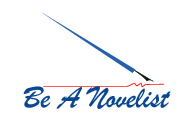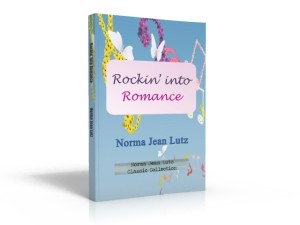In Part I of Publisher-Author Power Struggle we traveled back in literary history to a time when authors held a great deal of power over their works. We then saw how that power eroded and all but disappeared. In Part II, the discussion continues pointing out that in desperation for autonomy, many authors took what seemed to be drastic measures.
Vanity Press
In the years following WWII, we saw the rise of what was known as the vanity press. In my work teaching and coaching writers, I saw way too many beginners get sucked into this ploy. The unsuspecting were thrilled that their book had been accepted by such-and-so house. So what if they had to pay a few thousand bucks to get it into print? In their minds it was worth it.
Vanity press publishers worked like this. Unlike mainstream publishers, who offer advances to authors and then sell and promote the books, vanity presses charged a hefty fee ranging anywhere from $3,000 to $20,000. For that price the vanity press promised to first edit and then print the book. Print runs could range anywhere from a dozen to several hundred. Some of these so-called publishers also made very strong claims about promotion and distribution – which, of course, they could rarely follow up on.
Remember this was long before Google research; and long before author/writer watchdog groups. Writers who chose this course were looked upon with great disdain by the legitimate authors. Many jokes floated about regarding those poor souls who had garages full of boxes of books.
The largest, most well known of the vanity press ilk was Vantage Press. Vantage made a lot of money in their years of existence from 1949 until they were finally shut down in 2012. (Closed as a result of massive class-action suit.) One would be hard pressed to think of any company, publishing or otherwise, who had more complaints against them than Vantage Press.
 Some Did it the Right Way
Some Did it the Right Way
Not every self-published author was this naïve, however. Some did it right, such as Mark Victor Hansen and Jack Canfield – co-authors of the Chicken Soup for the Soul series. The duo turned to a small press to have the first books printed, then traveled the country promoting and selling on their own. They became legends in self-publishing history and became sterling examples to other authors how to wrench back control of their own works.

Fading Stigma
Fast forward to today. Slowly but surely the stigma of self-publishing is fading away. E-readers, formatting and cover-creating software, sites such as Amazon.com, and companies such as Lulu, Book Baby, and Create Space, have flung the doors to self-publishing wide open. Now it’s not just a few desperate beginning authors who are walking this road. We have many accounts of well-known, highly-successful authors who are deserting their legitimate publishing houses and moving over to self-publish.
Why?
Two major reasons: money and control.
The Too-Tight Shoe
It’s rather like taking off a too-tight shoe that you’ve been limping around in for days. Suddenly the shoe is pulled off and the relief and freedom is exhilarating. Any author who has been in both camps (the confines of the legitimate publishers; the freedom of self publishing) can agree with that analogy.
I too have been in that tight-shoe situation of being at the mercy of publishing houses. They take the rights, they take the control, they have the final say in every facet, and in return they give authors a pittance in the form of a tiny royalty.
Publishers Need Authors
For too long, publishers seem to have forgotten that they are in existence solely due to the blood, sweat, and tears of the authors. They became the epitome of the tail that wagged the dog. It wasn’t natural, it made no sense, and it couldn’t last forever.
Today, publishing power has progressively reverted back to those to whom the power rightly belongs – the authors.
I, for one, am thrilled with the progression. In my humble opinion, it’s long overdue. 
It’s Finally Here!
Books in this Collection are Clean Teen Reads
Clean Teen Reads = Parents can trust them; teens can trust them!









